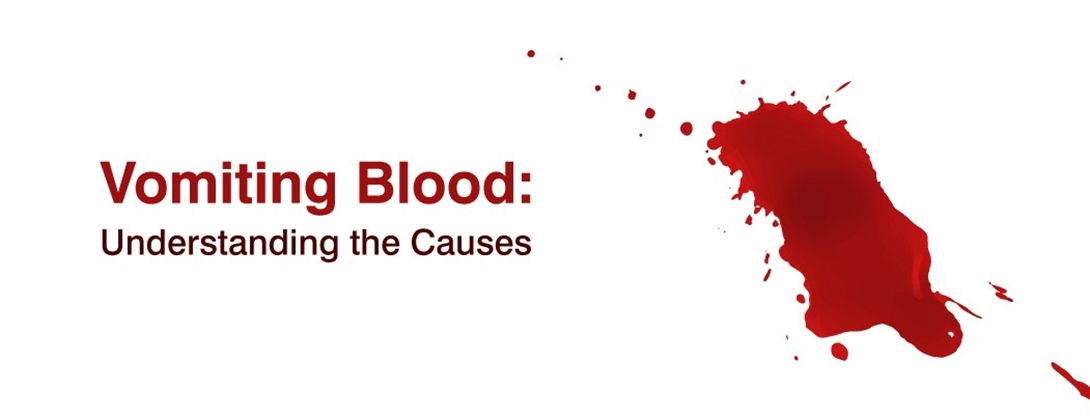A client who received 6 units of packed red blood cells 3 days ago for a lower gastrointestinal (GI) bleed is now displaying signs of shortness of breath with occasional stridor and is reporting muscle cramping.
Reference Range:
Potassium [3.5 to 5 mEq/L (3.5 to 5 mmol/L)]
Magnesium [Adult: 1.3 to 2.1 mEq/L (0.65 to 1.05 mmol/L)]
Calcium [9 to 10.5 mg/dL (2.3 to 2.6 mmol/L)]
Sodium (136 to 145 mEq/L (136 to 145 mmol/L)]
Which serum laboratory value should the nurse immediately report to the healthcare provider?
Potassium 4.7 mEq/L (4.70 mmol/L).
Magnesium 2.1 mEq/L (0.86 mmol/L).
Calcium 6.5 mg/dL (1.63 mmol/L).
Sodium 135 mEq/L (135 mmol/L).
The Correct Answer is C
Choice A reason: Potassium 4.7 mEq/L (4.70 mmol/L) is within the normal reference range of 3.5 to 5 mEq/L (3.5 to 5 mmol/L). Potassium is an electrolyte that helps regulate the balance of fluids and acids in the body, as well as the function of nerves and muscles. A high potassium level (hyperkalemia) can cause muscle weakness, irregular heartbeat, and cardiac arrest. A low potassium level (hypokalemia) can cause muscle cramps, fatigue, and arrhythmias.
Choice B reason: Magnesium 2.1 mEq/L (0.86 mmol/L) is within the normal reference range of 1.3 to 2.1 mEq/L (0.65 to 1.05 mmol/L). Magnesium is an electrolyte that helps regulate the activity of enzymes, muscles, and nerves, as well as the balance of calcium and potassium in the body. A high magnesium level (hypermagnesemia) can cause nausea, vomiting, flushing, muscle weakness, and respiratory depression. A low magnesium level (hypomagnesemia) can cause muscle twitching, tremors, seizures, and cardiac arrhythmias.
Choice C reason: Calcium 6.5 mg/dL (1.63 mmol/L) is below the normal reference range of 9 to 10.5 mg/dL (2.3 to 2.6 mmol/L). Calcium is an electrolyte that helps regulate the function of muscles, nerves, bones, and blood clotting. A high calcium level (hypercalcemia) can cause nausea, vomiting, constipation, confusion, kidney stones, and bone pain. A low calcium level (hypocalcemia) can cause muscle spasms, cramps, tingling, numbness, and stridor (a high-pitched sound when breathing). **This is a critical value that should be immediately reported to the healthcare provider**, as it can indicate a serious condition such as acute pancreatitis, sepsis, or massive blood transfusion.
Choice D reason: Sodium 135 mEq/L (135 mmol/L) is slightly below the normal reference range of 136 to 145 mEq/L (136 to 145 mmol/L). Sodium is an electrolyte that helps regulate the balance of fluids and acids in the body, as well as the function of nerves and muscles. A high sodium level (hypernatremia) can cause thirst, dry mouth, confusion, seizures, and coma. A low sodium level (hyponatremia) can cause headache, nausea, vomiting, fatigue, muscle weakness, and confusion.
Nursing Test Bank
Naxlex Comprehensive Predictor Exams
Related Questions
Correct Answer is C
Explanation
Choice A reason: An abdominal catheter is used for peritoneal dialysis, not hemodialysis. Hemodialysis requires access to a large blood vessel, usually in the arm or leg.
Choice B reason: Routine medications may need to be adjusted or avoided before or after hemodialysis, depending on their effects on blood pressure, fluid balance, and electrolytes.
Choice C reason: Insulin dosage may need to be reduced during hemodialysis because insulin is removed by the dialyzer and blood glucose levels may drop. This is the correct statement to include in client education.
Choice D reason: Potassium-rich foods should be limited in the diet of clients with chronic kidney disease and hemodialysis, because potassium can build up in the blood and cause cardiac arrhythmias.
Correct Answer is A
Explanation
Choice A reason: Gastroccult positive emesis indicates the presence of blood in the vomit, which is a sign of a serious complication such as anastomotic leak, ulcer, or bleeding. The nurse should notify the physician and monitor the client's vital signs and hemoglobin level.
Choice B reason: Strong foul smelling flatus is a common side effect of BPD, which involves bypassing a large portion of the small intestine and creating a connection between the stomach and the colon. This results in malabsorption and bacterial overgrowth, which produce gas and odor.
Choice C reason: Complaint of poor night vision is a sign of vitamin A deficiency, which can occur after BPD due to reduced absorption of fat-soluble vitamins. The nurse should advise the client to take vitamin supplements and eat foods rich in vitamin A, such as carrots, sweet potatoes, and spinach.
Choice D reason: Loose bowel movements are another common side effect of BPD, which causes diarrhea and steatorrhea (fatty stools). The nurse should encourage the client to drink fluids with electrolytes and avoid foods that worsen diarrhea, such as greasy, spicy, or sugary foods.
Whether you are a student looking to ace your exams or a practicing nurse seeking to enhance your expertise , our nursing education contents will empower you with the confidence and competence to make a difference in the lives of patients and become a respected leader in the healthcare field.
Visit Naxlex, invest in your future and unlock endless possibilities with our unparalleled nursing education contents today
Report Wrong Answer on the Current Question
Do you disagree with the answer? If yes, what is your expected answer? Explain.
Kindly be descriptive with the issue you are facing.
